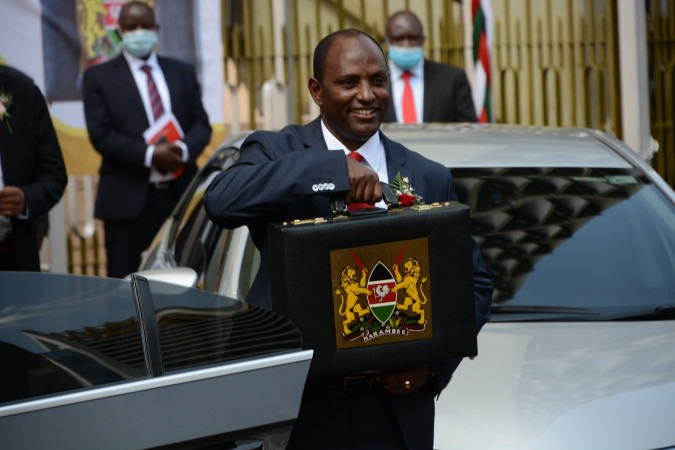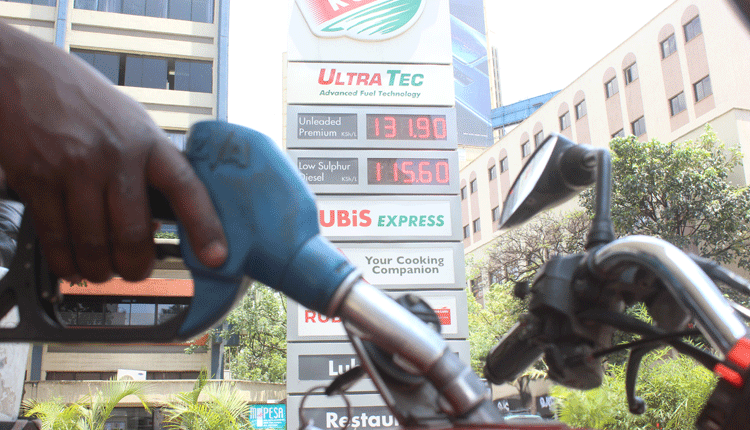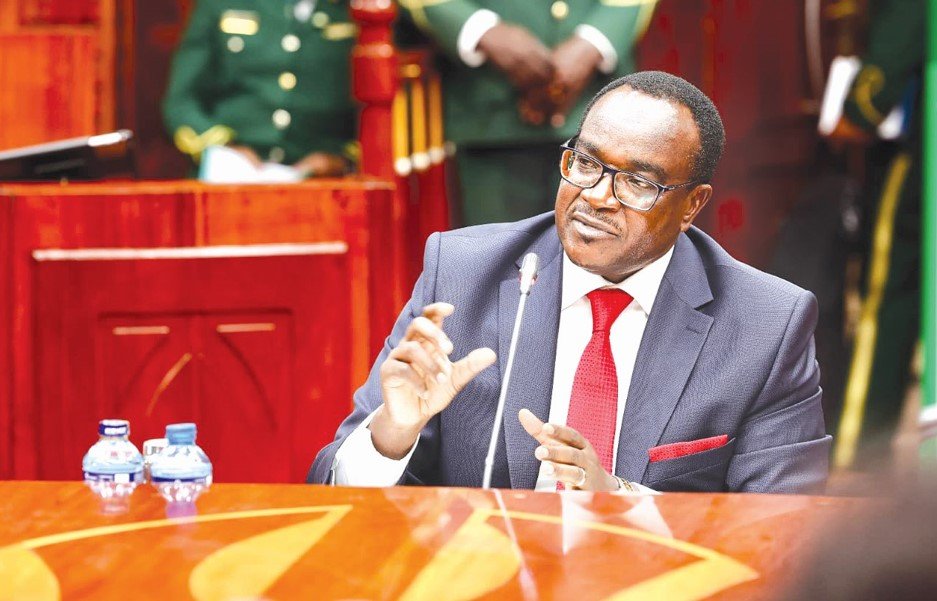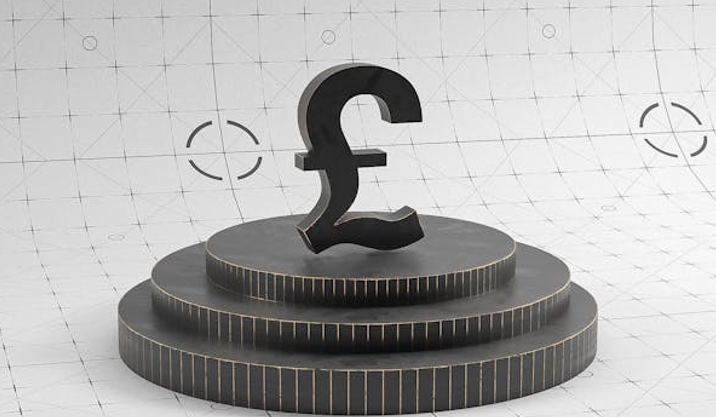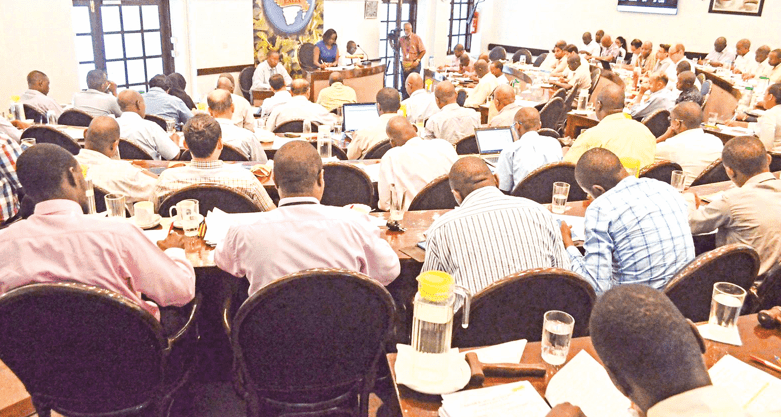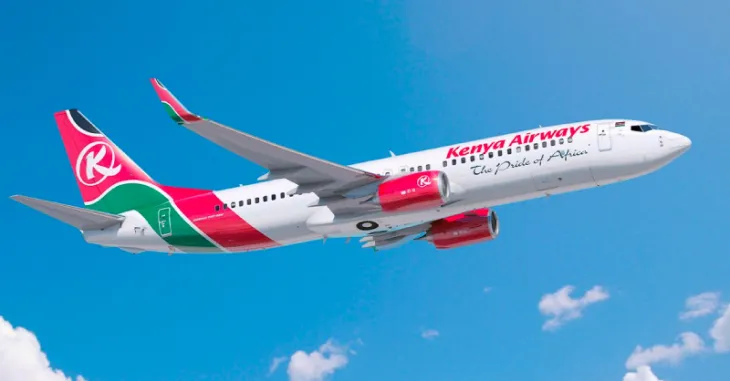Kenya to pay out Sh200b more for foreign debt as shilling dips
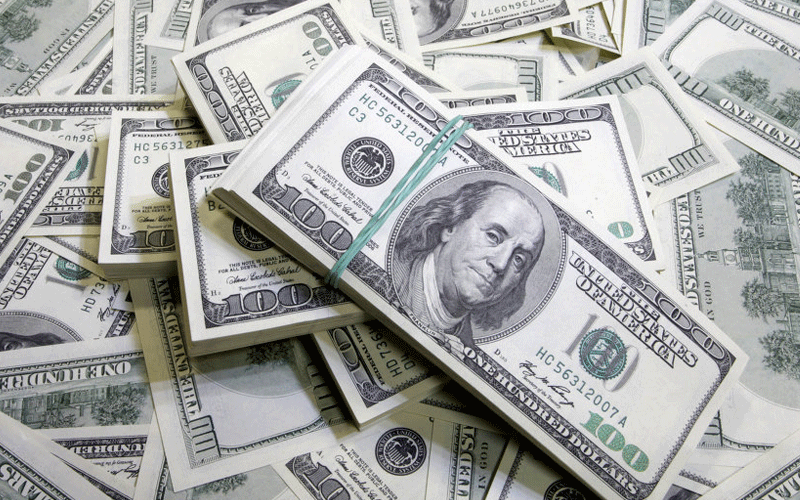
Kenyans will pay Sh200 billion more for foreign debt due to a sharp fall in the value of the shilling against the US dollar between February and August.
The shilling has depreciated from Sh101 to the dollar to Sh108 since February to August.
The currency is also down by eight units against the Euro compared to the beginning of the year and is currently trading at 128 compared to 120 units in February.
It has lost nearly five units against the sterling pound and a host of other reserve currencies in the same period.
This means that the money the government would have spent to buy medicine and hire more teachers will be spent on paying debt because Treasury now needs seven shillings more to pay off one dollar of debt.
Toxic brew
Since the outbreak of Coronavirus (Covid-19), a toxic brew of portfolio outflows, falling hard-currency export revenues and collapsing tourism industries have shred Kenya’s finances pushing it to the brink of default.
As of January, Kenya had $3.2 billion (Sh3.23trillion) in external debt at an exchange rate of Sh101 to the US dollar.
When the shilling fell to Sh108 in September, the debt in shilling terms increased by a multiple of 108 which is Sh3.45 trillion.
“Every time the shilling depreciates by one shilling against the dollar, we are adding up to about Sh30 billion to our debt,” said a senior advisor for Saudi Arabian Monetary Authority Mohamed Wehliye.
Analysts say that as the country heads toward the elections it expects a further deep, so there will be no much improvement given the Covid-19 environment.
The fair value of Kenya’s external debt has since risen to Sh3.5 trillion after the shilling shed Sh7 against the greenback.
Public debt also increased by more than Sh600 billion in the six months to June.
This jump in external debt is expected to pile pressure on Kenya’s foreign exchange reserves as more dollars are now needed to pay off foreign debt.
Recent data from the Central Bank shows that the usable foreign exchange reserves remained adequate at $8,877 million (5.39 months of import cover) as at September 10.
“I think the main concern is that some of this debt was borrowed without a good reason and a lot of it cannot be accounted for like the first Eurobond tranche,” said the Institute for Social Accountability director Wanjiru Gikonyo.
Government data
Central Bank data shows that, at least 70 per cent of the country’s external debt is denominated in the US dollar.
The latest government data put the country’s total public debt at Sh6.5 trillion as of June.
Last year Kenya Revenue Authority collected Sh1.5 trillion, though the number is expected to fall this year due to the Covid-19 pandemic.
The revenues are not likely to go up until after the elections because elections bring uncertainty in the market.
“Soon we will not be able to borrow because that window will close. It is too late, it is nolonger about where we can cut, it is too late,” said Wehliye.

